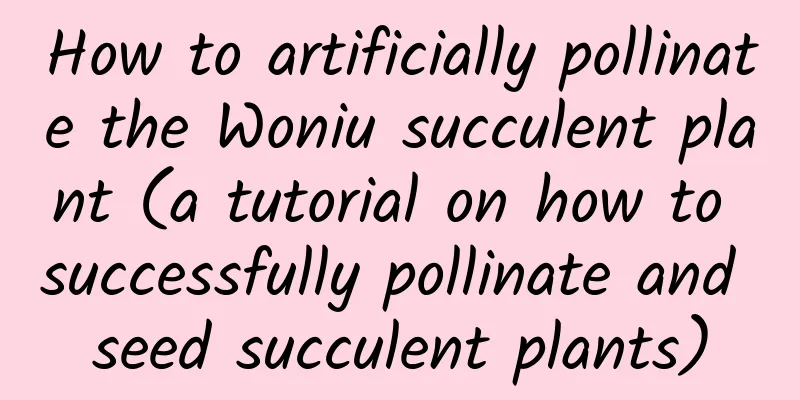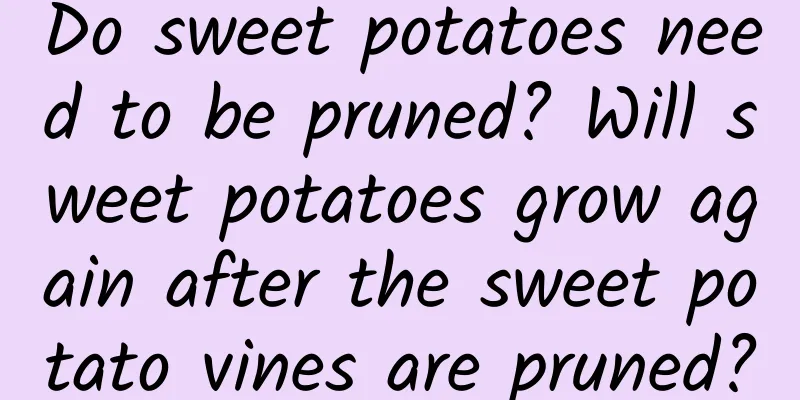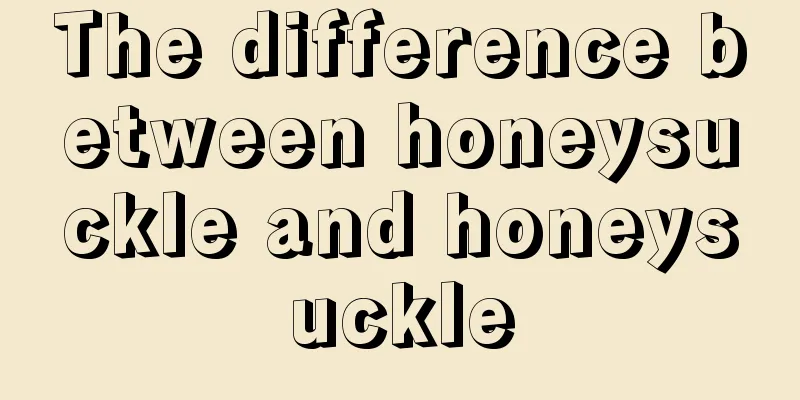How to artificially pollinate the Woniu succulent plant (a tutorial on how to successfully pollinate and seed succulent plants)

|
The succulent plant Woniu is a relatively unpopular variety. It belongs to the Haworthia sclerophylla series of succulents and is a relatively representative variety of the genus Shark's Palm. For daily maintenance, you can refer to the same series of plants Zibao. The appearance of the Wouchou plant is rather simple and sturdy. The plant has no stems and its leaves are thick, tongue-shaped or ingot-shaped. The leaves are emerald green and grow in pairs, tightly fitting together. Woniu is just a general term for this series of succulents, and there are more detailed classifications under it, such as: Dharma Woniu, Rock Pine Woniu, Green Star Woniu, Big Wart Woniu, etc. Different varieties have different patterns on the surface of their leaves. Some varieties have beautiful patterns, while some varieties only have dense wart-like protrusions. In comparison, varieties with dignified and thick leaves, dense wart-like protrusions or clear and orderly patterns are more ornamental! How to artificially pollinate succulent plants(1) Best timePollination of Haworthia succulents is mainly cross-pollination, and it is best carried out between two Haworthia plants that bloom at almost the same time. The best time for pollination is generally within 2-3 days after the flowers are fully open and the pollen content is the highest. Choose sunny noon or afternoon. (2) Specific methodsFirst tear open some petals to expose the stamens, then use a cotton swab to pick up the anthers of the stamens and smear them on the stigma of the pistil of another flowering Haworthia plant, and pollination is completed. After the initial pollination, you can repeat the pollination one day later, and the effect will be better. After pollination, avoid rain. If the ovary of the pollinated flower does not fall off after the flower withers, but instead tends to swell, it proves that the pollination is successful. When the seed pods are fully mature, remember to harvest the seeds in time. (3) Pollination resultsIt is worth mentioning that cross-pollination belongs to intergeneric hybridization. After successful pollination, the seedlings reproduced by sowing may undergo genetic mutations, but their appearance is basically close to that of the parents. |
Recommend
How many kilograms of vegetables are generally produced per mu? Summary of various vegetable yields per mu
Vegetable yield per mu There are many varieties o...
When and what fertilizer to use for peppers (how often should you fertilize peppers?)
Generally speaking, pepper fertilization can be d...
Grow these 6 kinds of flowers in the summer, and they will climb up the wall in one month, and you don’t even need to put up curtains!
Moneywort As the name suggests, the money vine lo...
How to fertilize Charizard
1. Fertilization frequency With sufficient base f...
The difference between grapes and bitter melon
Momordica charantia Bitter melon is native to the...
Things to note when repotting the love vine
1. Repotting method The love vine needs to be rep...
Put a pot of "evergreen" in the living room, water it when you are free, and the leaves will be green and lush
Every plant has its own charm. For example, green...
How to top loquat seedlings?
Now is the season for loquats , which are a very ...
Her longevity flower blooms for half a year, what is the secret?
1. Management during flowering period Less sun du...
How to make dianthus bloom more
1. The soil should be fertile enough It likes loo...
Peony transplanting time and method Which month is best for transplanting peony seedlings
Peony is a very common flower plant in our lives....
The difference between chrysanthemum and chrysanthemum
1. Leaf Difference The leaves of Chrysanthemum ar...
What should I do if Begonia drops its flowers?
Causes of flower drop The falling of plants and f...
Can the Buddha's Beaded Chlorophytum be hydroponically cultivated? Hydroponics cultivation method
Can the Buddha's beads spider plant be hydrop...
How to propagate the succulent plant
Growth habits of the brocade pearl The brocade pe...









